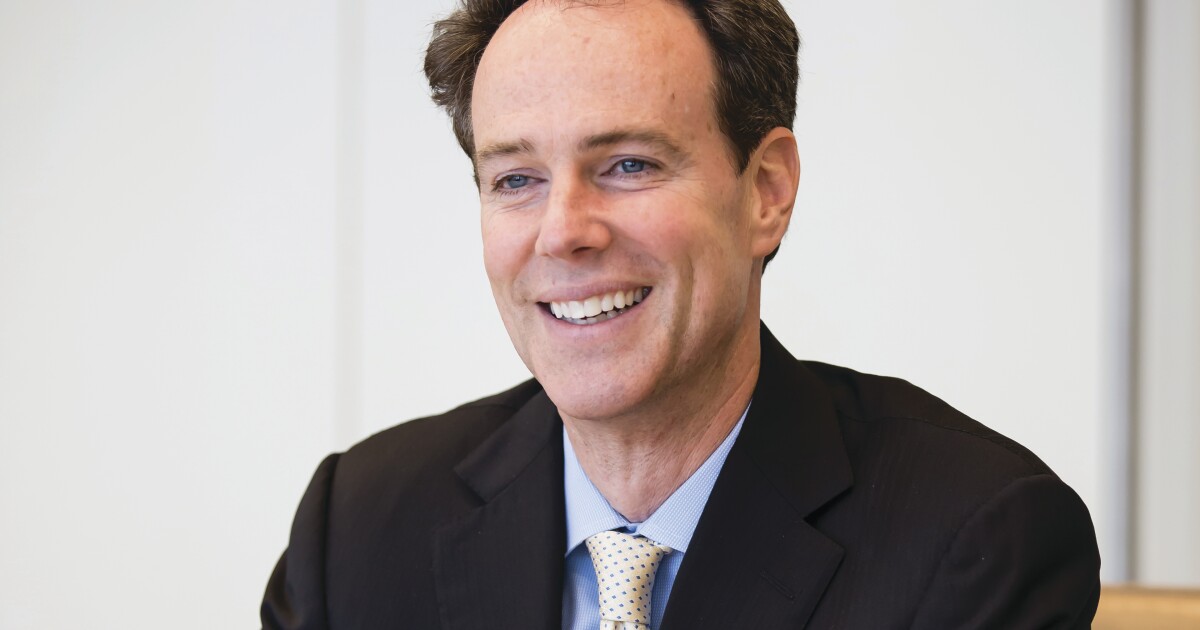HY sees strength, inflows to continue
3 min read

Inflows into high-yield muni mutual funds have continued over the past several weeks due to positive performance, expected Federal Reserve rate cuts and market participants’ desire to lock in higher yields.
The high-yield sector continues to show strength, with inflows of $364.4 million for the week ending Wednesday, marking 13 straight weeks of inflows, according to LSEG Lipper.
The money into high yield is coming from cash, cash equivalents and the cash flow other investments, including munis, are producing, said John Miller, head and chief investment officer of First Eagle’s High Yield Municipal Credit team.
It could also be coming from other mutual funds from within a family, said Matt Fabian, a partner at Municipal Market Analytics.
The inflows this year are a “welcome change” from 2022 and 2023, said MacKay Shields strategists, with inflows stemming from a myriad of factors.
Stephen Green Photography
For one, it’s a seasonally strong time of year with muni bonds “producing a lot of cash flow for bond holders,” Miller said.
Additionally, there is positive performance for both investment-grade and high-yield, with the former seeing returns recently turn positive year-to-date and the latter seeing “solidly” positive performance for most of the year, he noted.
Furthermore, approaching Fed rate cuts have acted as a “catalyst” for investors to return to long-duration fixed income, and “the growing confidence has slowly brought investors back,” said Daniel J. Close, head of municipals at Nuveen.
Lastly, many market participants are “underweighted” due to large outflows from 2022 and 2023, Miller said, and 2024 has yet to replace all the money pulled from funds in those two years.
“It’s an indicator that maybe people are underweighted versus their long-term goals, and they’re taking this as the window of opportunity to get those weightings back where they want to be,” he said.
The inflows reduce the “urgency for high-yield investors to sell positions to meet redemptions,” MacKay Shields strategists said.
Despite this, they noted, there are some instances of market participants selling “misunderstood credits at prices that don’t reflect their true fundamentals.”
“These selling decisions often stem from positions with modest book yields acquired when interest rates were much lower, making them less attractive in the current higher-rate environment,” MacKay Shields strategists said.
Furthermore, some portfolios have been rebalanced by investors “in favor of higher quality sectors and enhanced liquidity,” they said, noting “liquidity constraints during outflow cycles often lead to the sale of larger, more liquid names and sectors to meet redemption needs.”
Inflows into high-yield will continue, market participants said.
“As people start looking for a longer-term home for their money, high-yield funds should continue to see some flows,” said Matthew Norton, chief investment officer of municipal bonds at AllianceBernstein.
“People want to lock in higher yields for longer, and there’s no better way to lock in higher yields for longer than muni high yield,” he said. “Muni high-yield has wide spreads, more additional income than investment-grade and is a very long duration asset class in general.”
With “pretty high” yields, extra income compared to high grades, and upcoming Fed rate cuts, “it’s a good time to move money into high yield,” Fabian said.
“Getting more investors into high-yield means … investors become more adventurous, and what they’re willing to lend to,” he said. “That makes this ‘restructuring wall’ easier to climb if we have fresh investment and lenders becoming more aggressive.”
And as fund flows “pick up,” high yield technicals should improve further, Close said.
“This would be a catalyst for further spread tightening, particularly in more alpha-driven exposure where credit selection and research drive price appreciation,” he said. “The ability to source these deals compared to more beta-driven exposure in the larger areas of the high-yield market provides meaningful credit spread compression opportunity even as the broader high-yield market has moved closer to fair value.”







